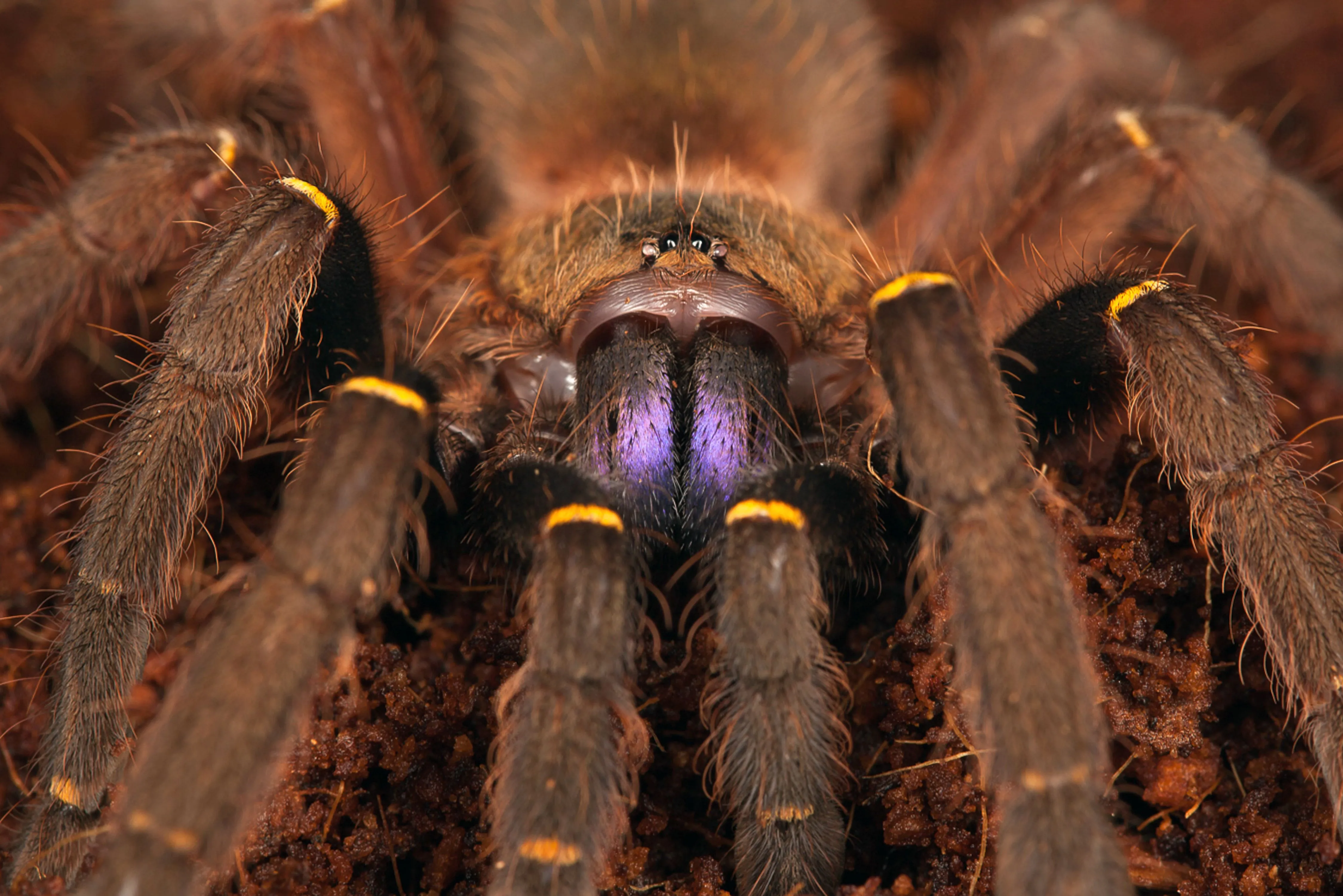What are Tarantula Teeth
Tarantulas, despite their fearsome reputation, possess an array of fascinating features. Among these, their teeth play a crucial, albeit often misunderstood, role in their survival. Tarantula teeth are not quite like human teeth, nor do they serve the same purpose. They are, in essence, modified structures that aid in the tarantula’s primary functions of capturing and consuming prey. These specialized appendages are not used for chewing; instead, they have evolved to facilitate a different set of behaviors essential to the spider’s survival. Understanding tarantula teeth provides a unique insight into the adaptations that have allowed these creatures to thrive for millions of years. Their structure, function, and the myths surrounding them are all worthy of exploration to appreciate these incredible arachnids properly.
Location and Function of Tarantula Teeth
The location and function of tarantula teeth are critical aspects of their predatory lifestyle. Unlike many other animals, the location and primary purpose of a tarantula’s teeth are not as straightforward as one might think. These structures are instrumental in how tarantulas interact with their environment, particularly when it comes to feeding and defense. The arrangement and the ways in which these teeth are used showcase the efficiency of nature’s design, allowing tarantulas to excel in their ecological niche. Examining these elements offers a deeper understanding of the adaptations that have made tarantulas such successful hunters.
Where Are Tarantula Teeth Located

Tarantula teeth are not located in a mouth as we typically understand it. Instead, they are found on the chelicerae, which are the two appendages located near the spider’s mouth. These chelicerae function as the tarantula’s jaws and are the primary tools for capturing and manipulating prey. The teeth themselves are small, pointed structures that vary in size and number depending on the species. The placement on the chelicerae provides the tarantula with a strategic advantage, allowing it to grasp and subdue its prey efficiently. This positioning is a key part of how the tarantula feeds and defends itself.
How Do Tarantulas Use Their Teeth
Tarantulas use their teeth primarily to grasp, pierce, and inject venom into their prey. When a tarantula encounters a potential meal, it uses its chelicerae to clamp down, using the teeth to secure the prey. The teeth’s sharp points are designed to penetrate the exoskeleton of insects and other small creatures. Once the prey is held, the tarantula may inject venom through its fangs, paralyzing the prey and beginning the digestive process. The teeth also play a role in defense, allowing the tarantula to bite and deter potential predators. Their main function is to secure the prey and to make sure that the venom can be administered effectively.
Tarantula Bite and Venom
The topic of tarantula bites and venom is a common source of both curiosity and concern. While tarantulas are venomous, it’s important to understand the context of their bites and the effects. The information below should help clarify the realities of tarantula bites and differentiate them from sensationalized myths. By understanding the true nature of these aspects, we can dispel misconceptions and appreciate the intricate biology of these fascinating creatures.
Do All Tarantulas Have Teeth
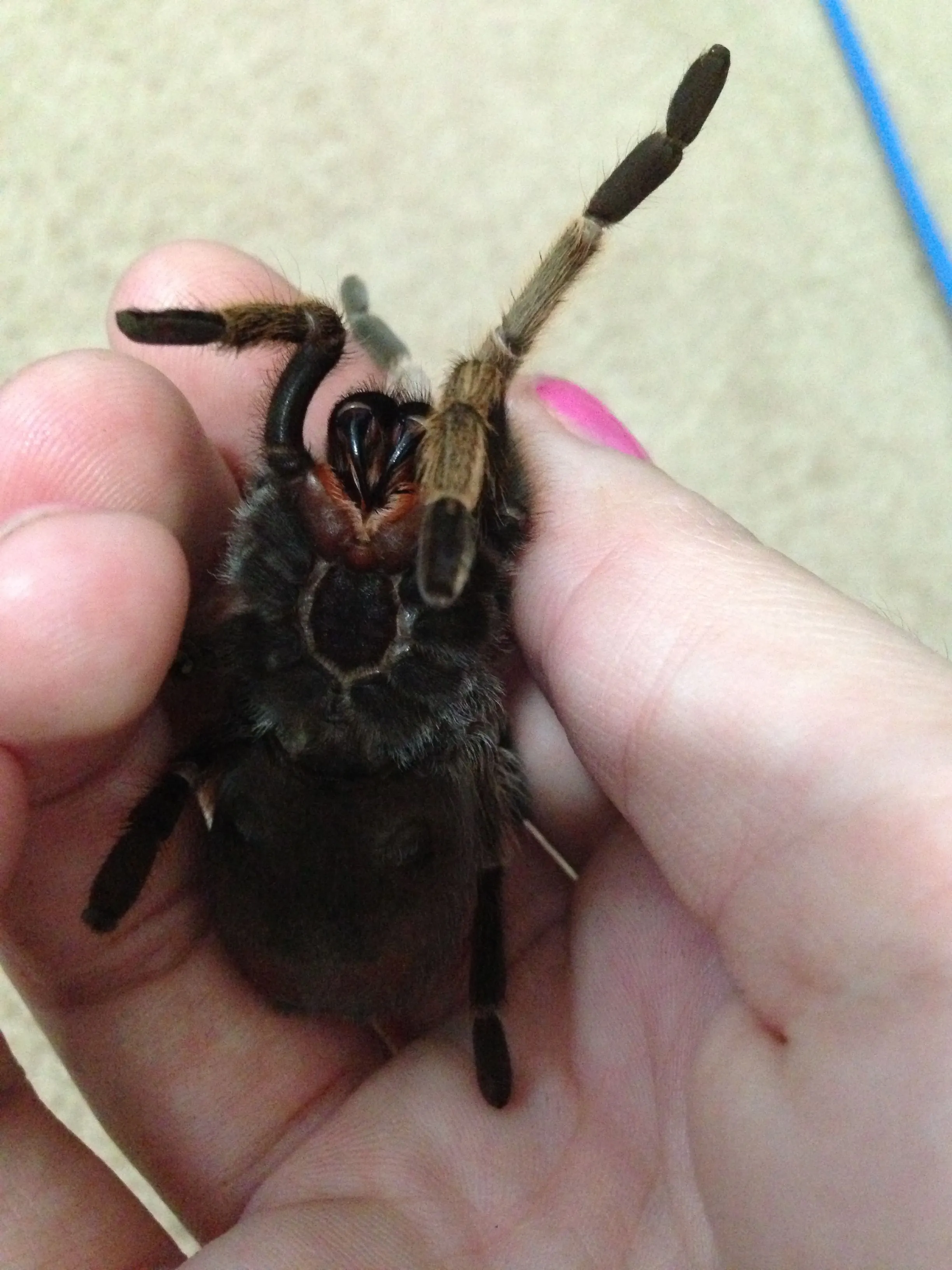
Yes, all tarantulas have teeth, although the size and prominence of these teeth can vary depending on the species and the individual tarantula’s development stage. These teeth are essential for capturing and handling prey. Their presence is a defining characteristic of the tarantula’s predatory adaptations. Without these structures, tarantulas would struggle to survive, as they are fundamental to their ability to feed. Thus, the presence of teeth is a universal trait among all tarantula species.
What Happens If a Tarantula Bites You
A tarantula bite, while potentially painful, is rarely life-threatening to humans. The effects of a bite vary depending on the species of tarantula and the individual’s sensitivity. Typically, a bite may cause localized pain, redness, and swelling at the bite site. The venom of most tarantulas is not considered medically significant to humans, although some individuals may experience allergic reactions. It’s important to clean the bite area with soap and water and monitor it for signs of infection. Serious complications are very rare, but medical attention should be sought if symptoms worsen or systemic reactions occur. It is important to note that tarantulas do not always inject venom when they bite; sometimes, it is a defensive mechanism without venom.
Tarantula Teeth Regeneration
The ability of tarantulas to regenerate lost parts, including their teeth, is a remarkable aspect of their biology. This regenerative capability plays a crucial role in their survival, allowing them to recover from injuries and continue their predatory activities. Understanding the process of tooth regeneration offers insight into the resilience and adaptability of these arachnids. The mechanisms and the timelines involved demonstrate nature’s ability to provide these creatures with the tools needed to thrive in their respective environments.
Can Tarantula Teeth Regrow
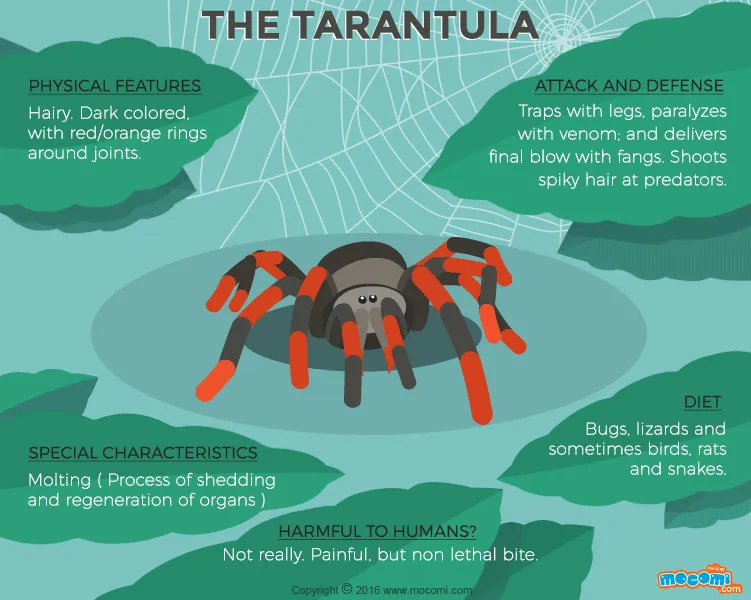
Yes, tarantula teeth can regrow. This is part of their regenerative abilities, similar to how some other arthropods can replace lost limbs. If a tarantula loses a tooth due to injury or during molting, a new tooth will eventually form. The regeneration process ensures that the tarantula maintains its ability to capture and consume prey effectively. This capability is crucial for the tarantula’s long-term survival and the success of its predatory lifestyle. This ability helps the tarantulas to continue their function without having to undergo major disadvantages.
How Long Does it Take for a Tarantula to Regrow Teeth
The time it takes for a tarantula to regrow teeth can vary depending on several factors, including the age of the tarantula, its overall health, and the species. Generally, tooth regrowth can take several weeks to a few months. The molting cycle also plays a role, as new teeth typically develop during the molting process, where the tarantula sheds its exoskeleton. The younger the tarantula, the faster the regeneration tends to be. The length of time can affect their ability to hunt effectively. This regenerative ability is essential for the tarantula’s survival and overall well-being, providing them with another tool in their arsenal for survival.
Tarantula Teeth: Interesting Facts
Beyond their basic function, tarantula teeth hold several intriguing aspects. These details enrich our understanding of these arachnids and their unique adaptations. From their specialized roles to their variations, these interesting facts highlight how tarantula teeth contribute to the spiders’ survival and success.
Fact 1 Teeth are Not Used for Chewing
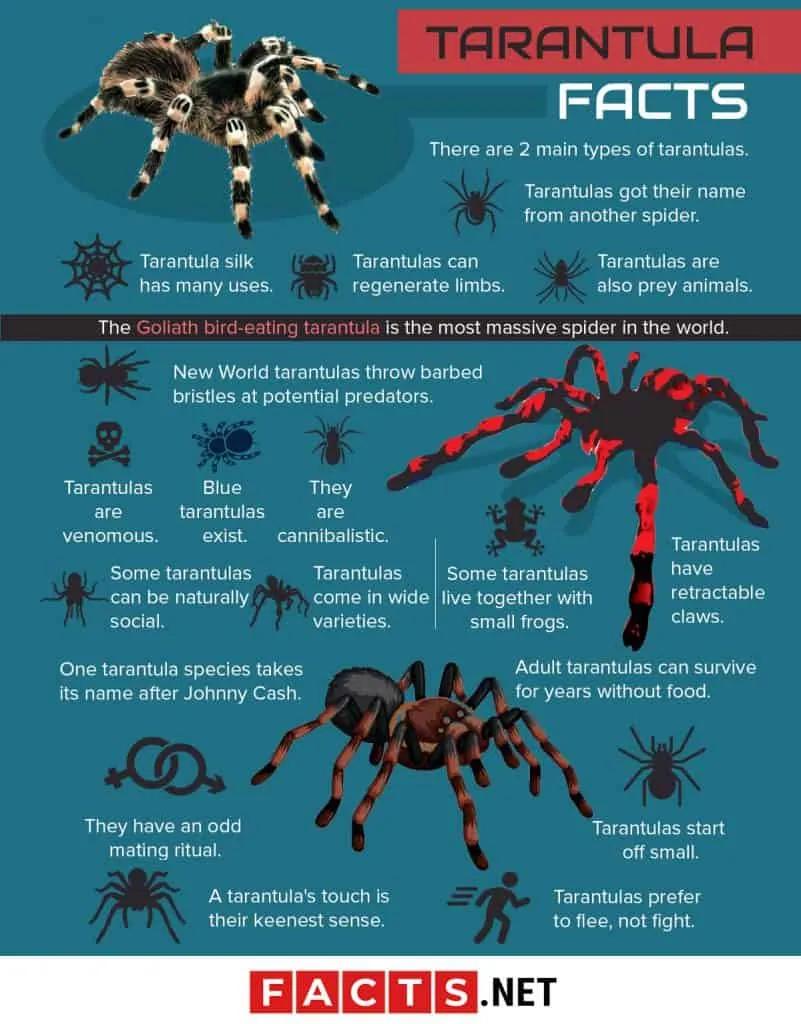
A key fact about tarantula teeth is that they are not used for chewing food. Instead, tarantulas primarily use their teeth to grasp and pierce their prey. Once the prey is secured, the tarantula injects venom to paralyze it and begins the digestive process by secreting digestive enzymes onto the prey. The tarantula then sucks up the liquefied nutrients, leaving behind the exoskeleton of the prey. Therefore, the teeth serve a more instrumental role in capturing and preparing the prey than in the actual act of eating.
Fact 2 Tarantulas do not have Venom
This is incorrect. Tarantulas do have venom, which they use to subdue their prey. The venom helps paralyze the prey, making it easier for the tarantula to handle and consume. While not typically lethal to humans, the venom can cause localized pain and discomfort. The composition and potency of the venom vary between species, but its presence is a defining characteristic of tarantulas.
Fact 3 Teeth Can Help in Climbing
Tarantulas, particularly those that are arboreal (tree-dwelling) species, utilize their teeth to aid in climbing. The teeth, along with the claws on their feet, provide additional grip on surfaces such as tree bark or other rough textures. This dual approach to climbing enables the tarantulas to navigate their environment more effectively. The combination of claws and teeth provides a stable and secure way to move, ensuring their survival in the trees or other elevated locations. The teeth and the claws are designed to make climbing easy.
Fact 4 Tarantula Teeth Vary in Size
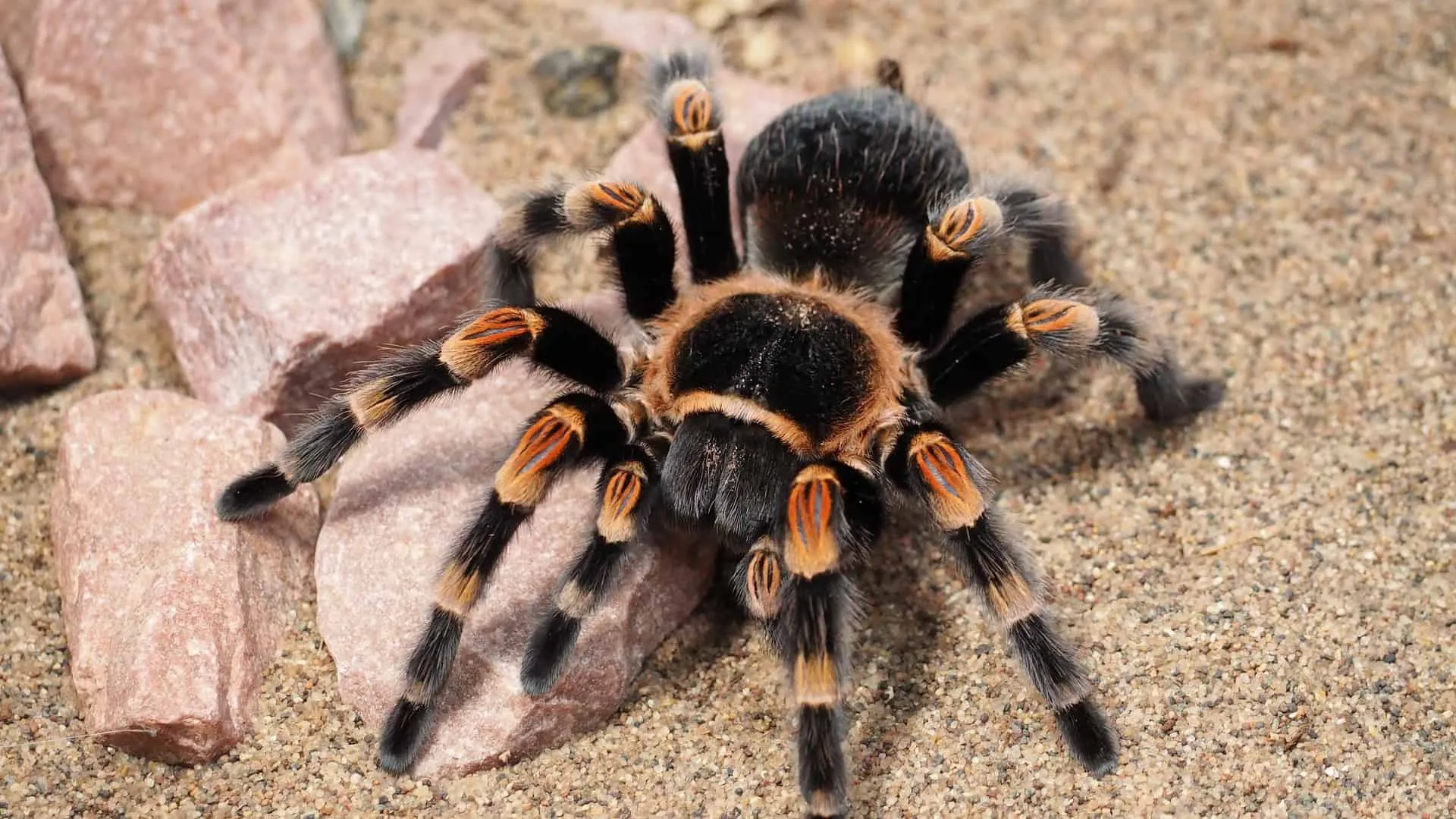
The size and shape of tarantula teeth can vary significantly between different species. Some tarantulas have larger, more robust teeth, while others have smaller, more delicate ones. These variations often reflect the type of prey the tarantula typically consumes and the environment in which it lives. For example, tarantulas that feed on larger prey might have stronger, more substantial teeth to effectively grasp and subdue their meals. The diversity in teeth size and structure highlights the adaptability and evolution of tarantulas to suit their particular ecological niches. The sizes of the teeth can say a lot about where the spider lives and what kind of prey they eat.
Conclusion
Tarantula teeth are a fascinating aspect of these creatures, illustrating their remarkable adaptations and predatory prowess. From their strategic location and function to the ability to regenerate, tarantula teeth play an essential role in their survival. These teeth are not simply tools for biting; they are integral components of a complex system that enables tarantulas to thrive. Understanding the role of tarantula teeth helps us appreciate the intricate biology of these animals and their place in the ecosystem. By dispelling myths and exploring the facts, we can gain a deeper appreciation for these amazing arachnids.
